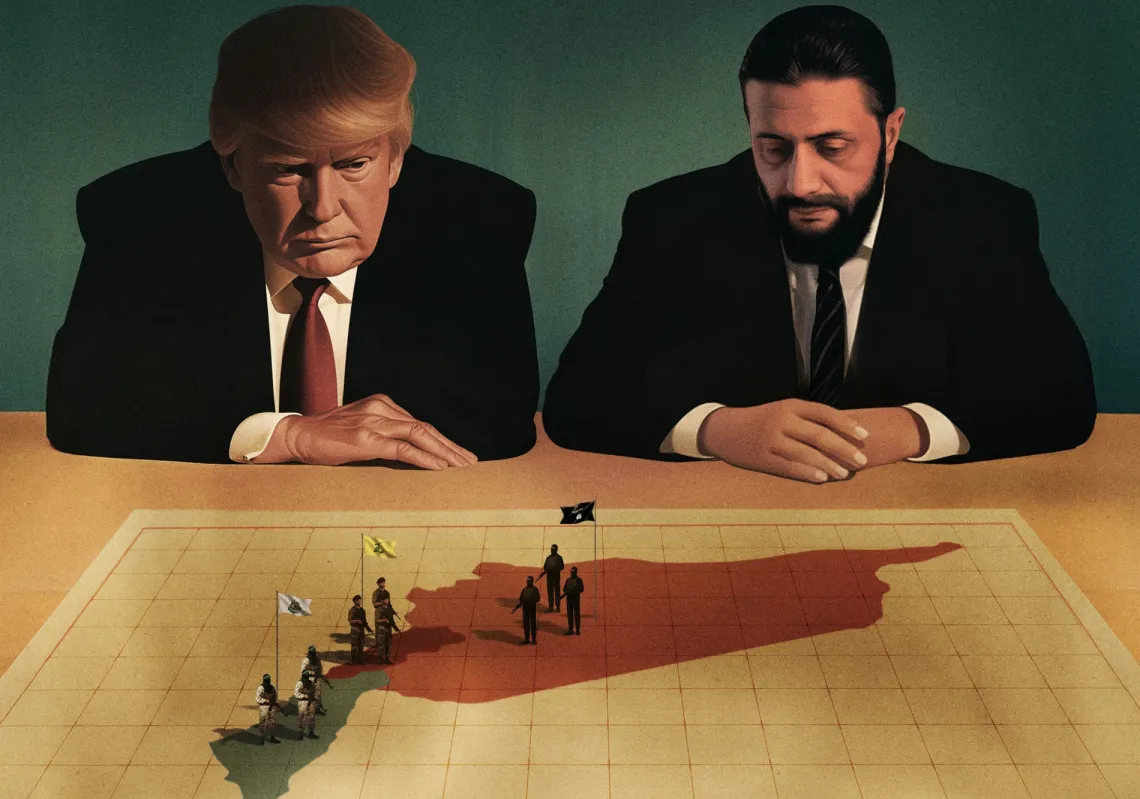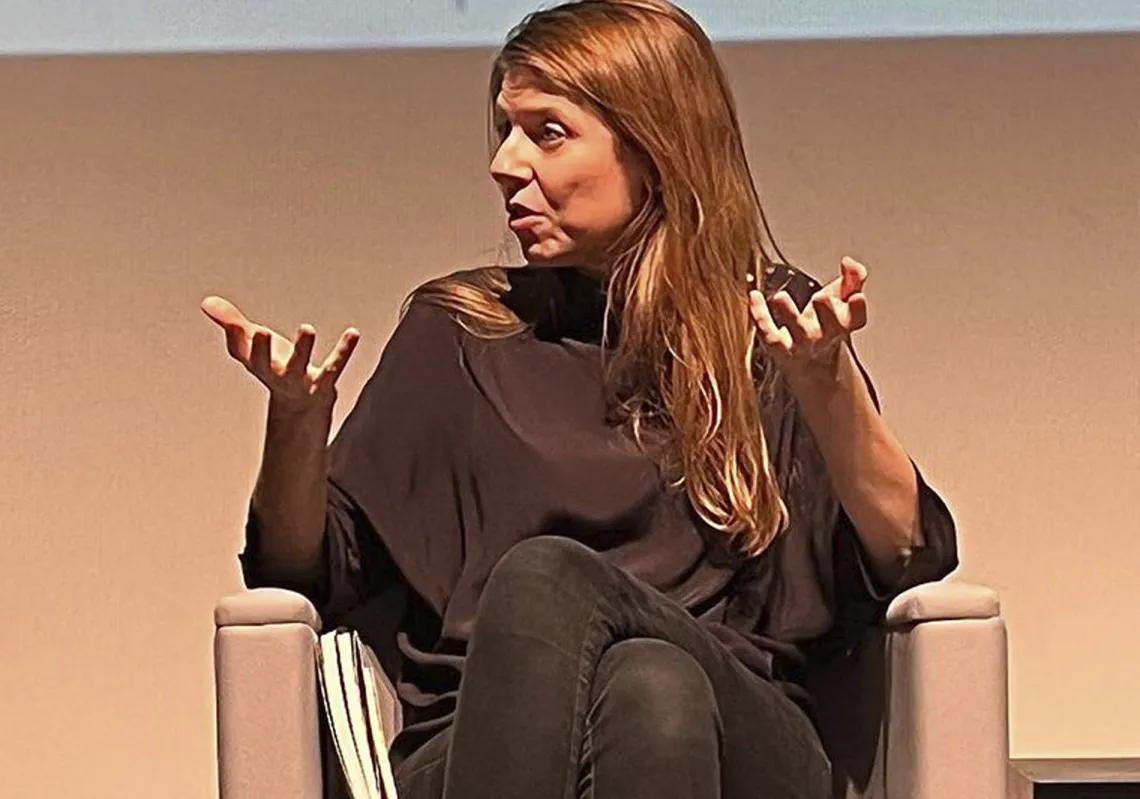Now several years old, artificial intelligence (AI) has fast emerged as a transformative force, reshaping the fabric of everyday life, permeating nearly every facet of human experience, from health and education to travel and work. This deepening integration means the relationship between humans and machines is rapidly evolving into something very different.
Today, the world stands on the edge of another (related) revolution: that brought about by Generative AI (GenAI), a type of AI that creates content based on everything it has been trained on. No longer confined to simply analysing, distilling, predicting, summarising or rephrasing, GenAI can appear to ‘think’ for itself.
AI in general has become indispensable in the realms of scientific research, pharmaceutical development, and data analysis, but questions persist about its trajectory and the extent to which it can rival human cognition.
At this juncture, existential and technological inquiries converge, rekindling one of philosophy’s oldest questions: What does it mean to be human? As AI algorithms rapidly evolve, they exhibit an extraordinary capacity for learning and simulation. Are we entering a new era of symbiosis between the human mind and AI? Is this an existential struggle that will redefine our roles, values, and very essence?
At its core, AI mirrors the human mind, crafted in symbols and programmed in a language of our own design. Within this, it has the potential to surpass the boundaries of its creators. Do we embrace that as a natural extension of our capabilities, a means to transcend our biological limits and expand our consciousness? Or will we regard it as a force that could unsettle our psychological, social, and economic equilibrium?
Given that the technology is fast reshaping the dynamics between agent and instrument, between creator and creation, perhaps the more urgent question is not what machines can do, but what will be left for humanity.

The origins of AI
Ancient philosophers inquired into the nature of the mind and cognition, with Aristotle and Plato asking whether thinking was a logical process that could be represented and replicated. As science and philosophy evolved, the notion of logical reasoning grew more complex; others asked whether human thought processes could be modelled using mathematical and mechanical systems.
Badi Al-Zaman Al-Jazari, a 12th-century polymath from Mesopotamia, laid the groundwork for modern automation and robotics through his advanced inventions, including robots, water clocks, and self-operating musical devices that utilised intricate hydraulic systems. His designs laid the foundation for modern control systems and had a profound influence on the development of mechatronics, later inspiring the emergence of industrial robotics and AI.
In the 17th century, French philosopher René Descartes introduced the idea of 'thinking machines.' Thought, he said, could be broken down into mechanical operations. Meanwhile, German philosopher and mathematician Gottfried Wilhelm Leibniz suggested building a "calculating machine" to solve logical problems, much like a human.
By the 19th and early 20th centuries, scientists began developing the mathematical and logical foundations that would form the core of today's AI. Englishman George Boole introduced Boolean algebra, paving the way for the logical representation of mental operations. Meanwhile, his Czech peer Kurt Gödel formulated theories on formal systems and mathematical proof, contributing to the understanding of the limits of computation and artificial intelligence.

















